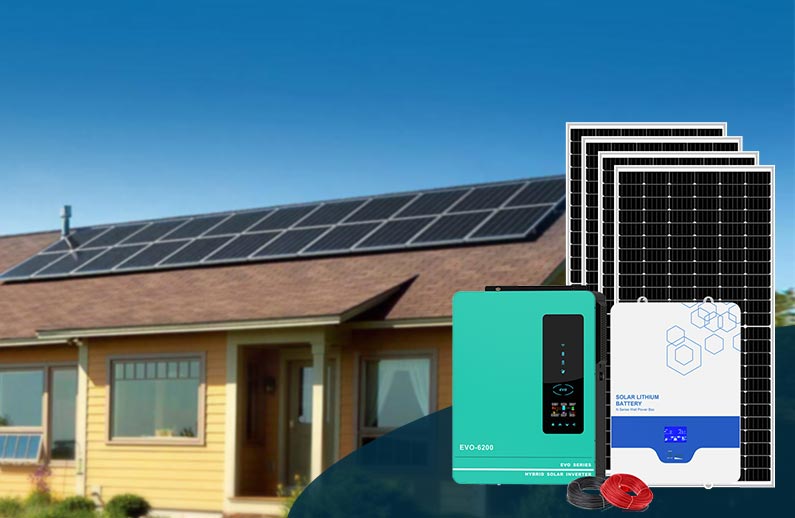How Much Power Does a 5.5 Kw Solar System Produce
Dec 14, 2023
As the world pivots towards sustainable energy solutions, solar power stands out as a beacon of clean, renewable energy. Among the various solar system sizes available, the 5.5 kW solar system holds a sweet spot, offering a balance between cost, space requirements, and energy production. In this blog, we'll explore the intricacies of a 5.5 kW solar system and shed light on the power it can harness from the sun.
Before we delve into the specifics, let's establish a foundational understanding. The capacity of a Solar Power System is measured in kilowatts (kW), which denotes the system's potential to generate electricity at any given moment under standard conditions. In the case of a 5.5 kW solar system, this implies that, under optimal conditions, the system has the capacity to produce 5.5 kilowatts of electricity.
Factors Influencing Power Production:
Several factors influence the actual power output of a solar system, and understanding these variables is crucial for setting realistic expectations.
Sunlight Intensity: Solar panels generate the most power when exposed to direct sunlight. The intensity of sunlight varies based on factors such as location, time of day, and weather conditions.
Panel Efficiency: The efficiency of solar panels is a key determinant of power production. Higher efficiency panels can convert a larger percentage of sunlight into electricity, such as monocrystalline solar panel, the unique crystal structure that makes its conversion efficiency very high.
Orientation and Tilt: The direction and tilt of solar panels impact their exposure to sunlight. Proper orientation towards the sun and an optimal tilt angle enhance power production.
Shading: Shading from nearby structures, trees, or obstacles can significantly reduce the efficiency of solar panels. Minimizing shading is crucial for maximizing power output.
Temperature: Solar panels are more efficient in cooler temperatures. Higher temperatures can slightly decrease the efficiency of the system.
Calculating Potential Power Output:
To estimate the power output of a 5.5 kW solar system, one can refer to the concept of "sun-hours." A sun-hour represents an hour of sunlight at an intensity of 1,000 watts per square meter. The average daily sun-hours for a specific location provide an estimate of the potential daily energy production.
As a general guideline, a 5.5 kW solar system in a location with 4 to 5 sun-hours per day can produce approximately 22 to 27.5 kWh (kilowatt-hours) of electricity daily. Over a year, this equates to roughly 8,030 to 10,036 kWh.
In a Conclusion: A 5.5 kW solar system holds the promise of substantial energy production, making it a popular choice for residential and commercial applications. However, it's essential to consider the various factors influencing power output and set realistic expectations based on your specific location and conditions. As we continue to embrace solar power as a cornerstone of our energy future, understanding the capabilities of solar systems becomes key to unlocking their full potential.


 Network Supported
Network Supported